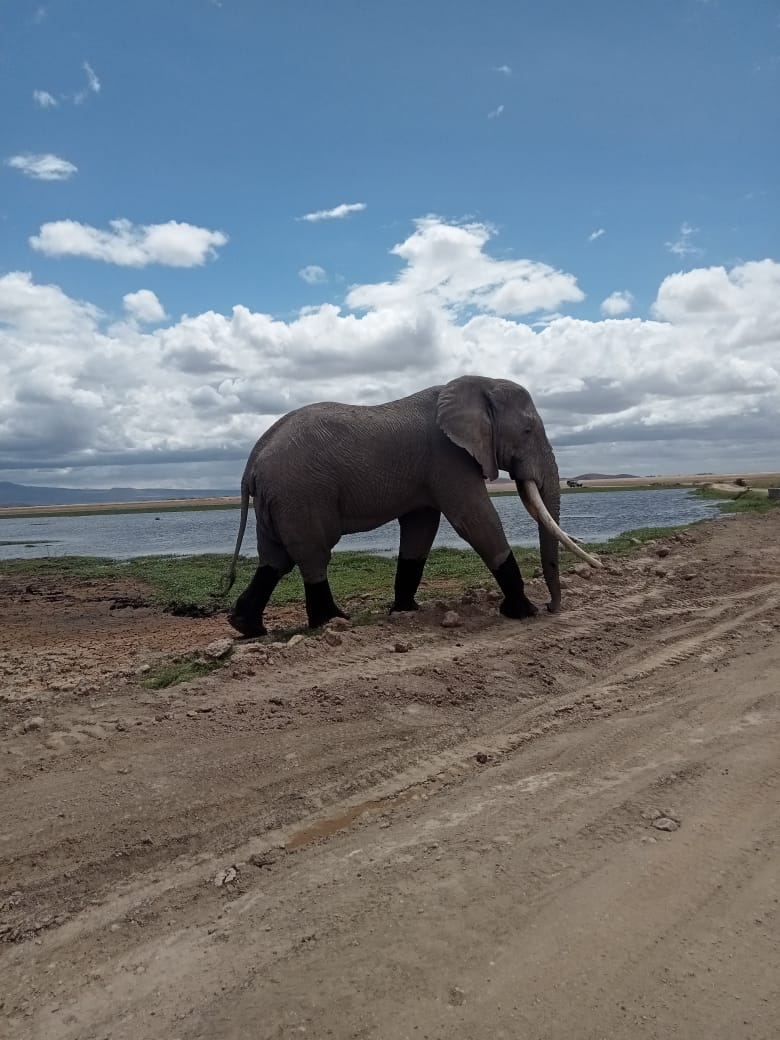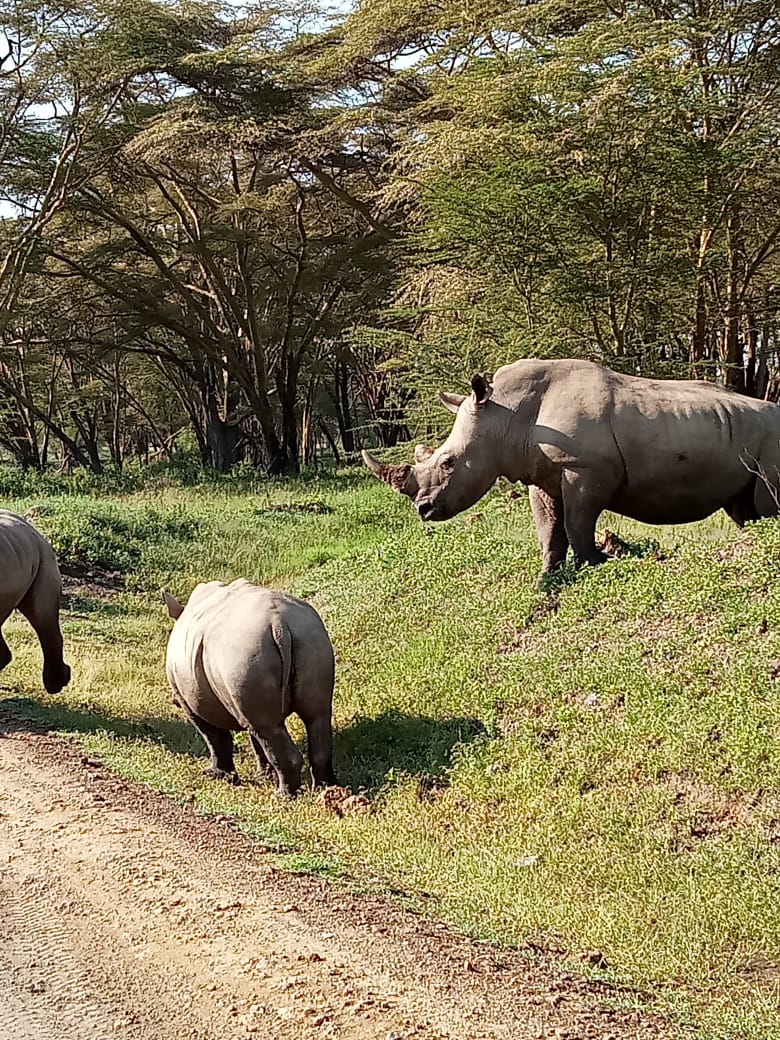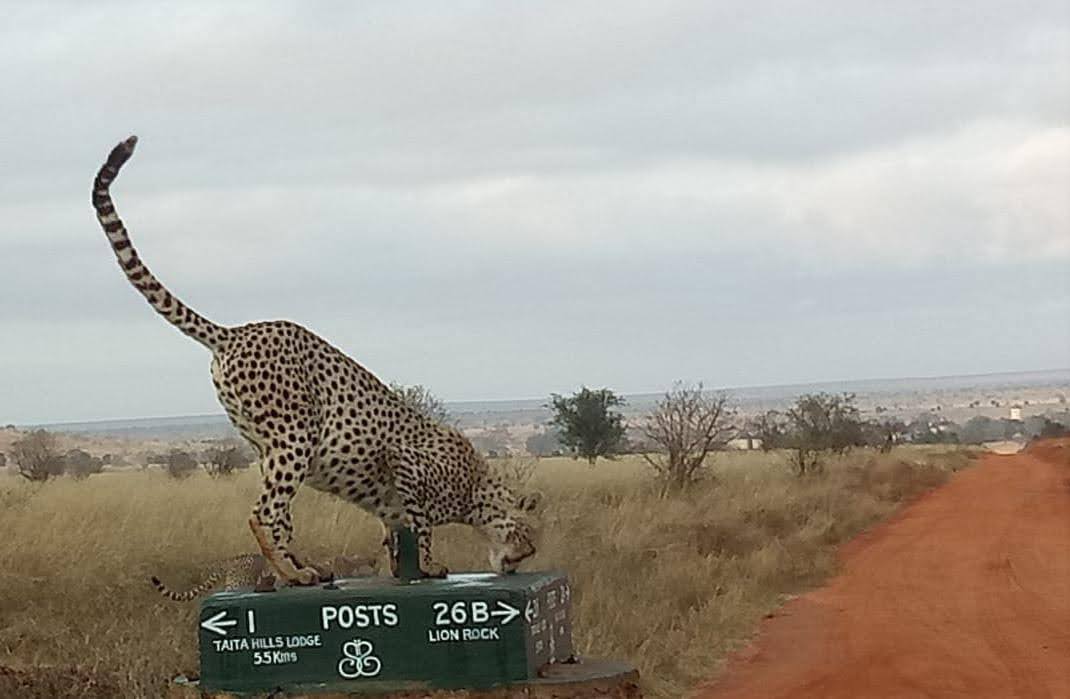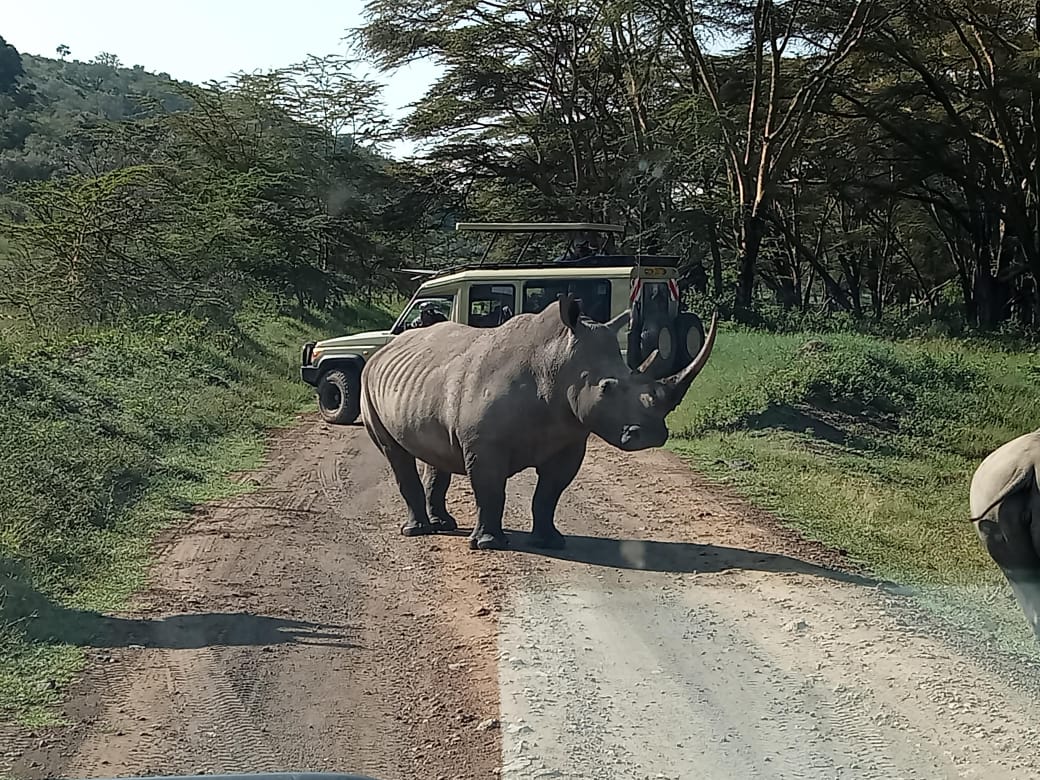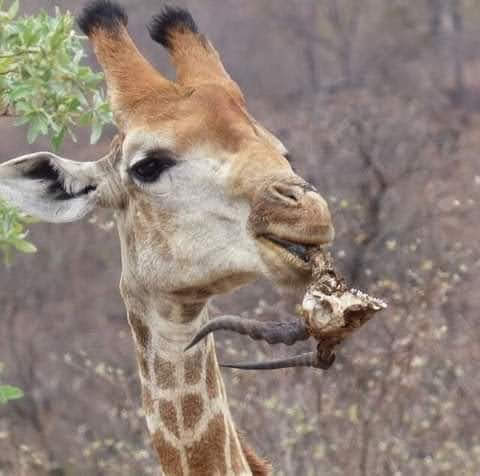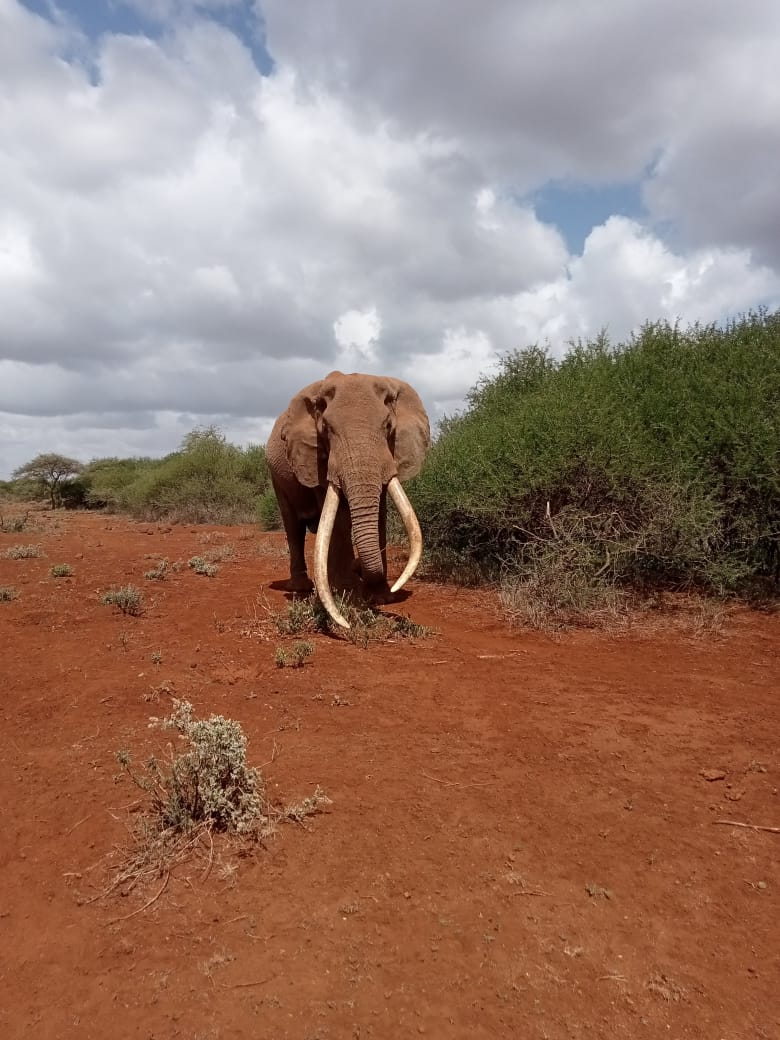Explore Lake Nakuru National Park: Flamingo Paradise & Wildlife Haven
Lake Nakuru National Park, located in central Kenya, offers one of the most breathtaking safari experiences, famed for its flamingo-filled lake and diverse wildlife. The park covers 188 square kilometers and is nestled around Lake Nakuru, a shallow alkaline lake that attracts thousands of birds. Besides its birdlife, Lake Nakuru National Park is a sanctuary for rhinos, Rothschild’s giraffes, lions, and other wildlife.
As part of the Great Rift Valley, the park boasts varied landscapes, including wooded forests, open grasslands, and rocky escarpments. Whether you’re a birdwatcher, photographer, or wildlife enthusiast, Lake Nakuru National Park offers something for everyone.
General Overview of Lake Nakuru National Park
Lake Nakuru National Park was established in 1961, initially to protect the lake’s flamingos. Over the years, it expanded to become one of Kenya’s key conservation areas, especially for endangered species like the black and white rhino. The lake, which covers about a third of the park, is home to both resident and migratory birds, including flamingos and pelicans.
The park’s diverse ecosystem includes dense acacia forests, waterfalls, and open savannahs, providing a habitat for a variety of wildlife. With its proximity to Nakuru town, it’s a popular destination for both locals and tourists seeking a short, yet immersive, safari experience.

How to Get to Lake Nakuru National Park
Lake Nakuru National Park is easily accessible by both road and air.
By Road:
From Nairobi: The park is 164 kilometers northwest of Nairobi, a 2-3 hour drive along the Nairobi-Nakuru Highway.
From Naivasha: Visitors can drive from Lake Naivasha in about 1 hour.
Park Gates: The main gate is Lanet Gate, located just outside Nakuru town. Other access points include the Nderit Gate and Naishi Gate.
By Air:
The nearest airstrip is the Naishi Airstrip, which handles chartered flights. Alternatively, visitors can land at Nakuru Airstrip and drive to the park.
Best Time to Visit Lake Nakuru National Park
Lake Nakuru National Park is a year-round destination, but specific seasons offer unique experiences:
Dry Season (June to October):
Wildlife is easier to spot as animals gather around water sources. The dry conditions also make game drives smoother.
This period is ideal for rhino sightings and predator activity, especially along the open plains.
Wet Season (November to May):
The park becomes lush and green, providing a stunning backdrop for photography.
Birdwatchers will enjoy the arrival of migratory birds. Flamingos are usually present during this period, though their numbers may vary depending on water levels.
Early Morning and Late Afternoon:
These are the best times for game drives, as animals are more active during cooler hours.
Lake Nakuru National Park Lodges & Camps – Accommodation Overview
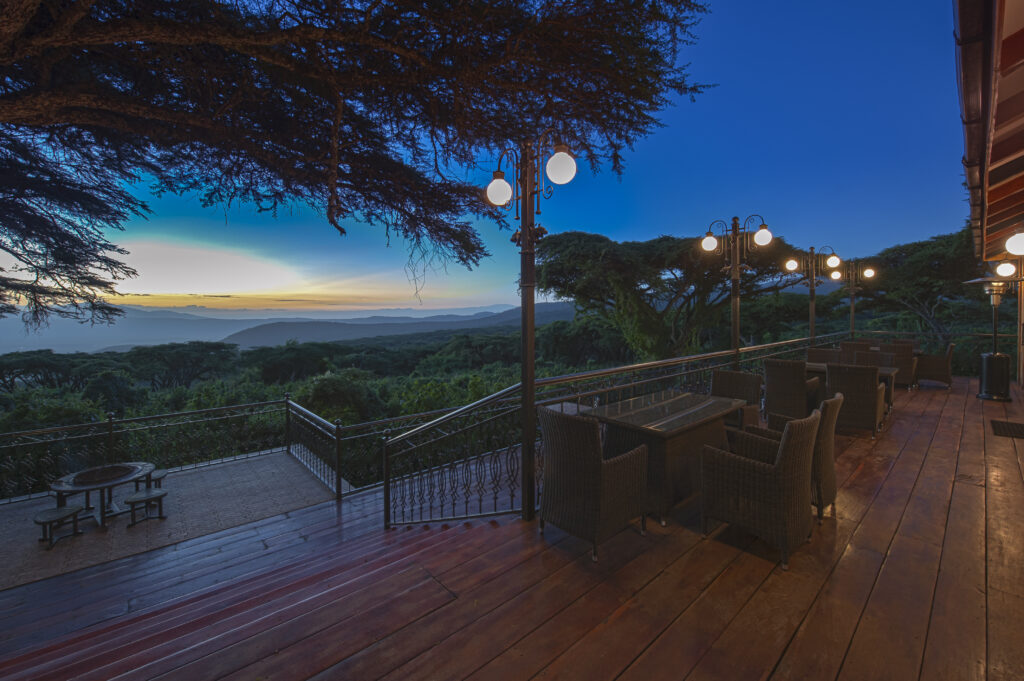
There are several accommodation options within and around Lake Nakuru National Park, ranging from luxury lodges to budget-friendly campsites.
Luxury Lodges:
Sarova Lion Hill Game Lodge: Located inside the park, this lodge offers stunning lake views and luxury amenities.
The Cliff: A boutique tented camp perched on a cliff, providing panoramic views of Lake Nakuru.
Mid-Range Camps & Lodges:
Lake Nakuru Lodge: Offers comfortable rooms and excellent access to the park.
Flamingo Hill Tented Camp: A mid-range option with spacious tents and great service.
Budget Campsites:
Naishi Public Campsite: Located within the park, this campsite offers a basic but adventurous experience close to nature.
Punda Milia Camp: Located near the park gate, offering affordable accommodation and access to safari tours.
Lake Nakuru National Park Safari Experience
A safari in Lake Nakuru National Park offers visitors a variety of experiences:
Game Drives:
- Both self-drive and guided game drives are available. The well-maintained roads allow for easy navigation, and most of the park can be explored in half a day.
- Popular routes include drives along the lake’s shoreline, where flamingos and pelicans congregate, and the Baboon Cliff circuit.
Birdwatching:
- Birdwatchers flock to Lake Nakuru for its diverse avian life. Whether you’re exploring the lake’s shores or the park’s marshlands, you’ll find plenty of species to admire.
Hiking & Scenic Views:
- For panoramic views, visitors can hike to Baboon Cliff or Lion Hill, where they’ll get sweeping views of the lake and the surrounding landscape.
Photography Tours:
- The park’s varied landscape and abundant wildlife make it a perfect destination for photographers. Capturing flamingos in flight against the backdrop of the lake is an unforgettable sight.
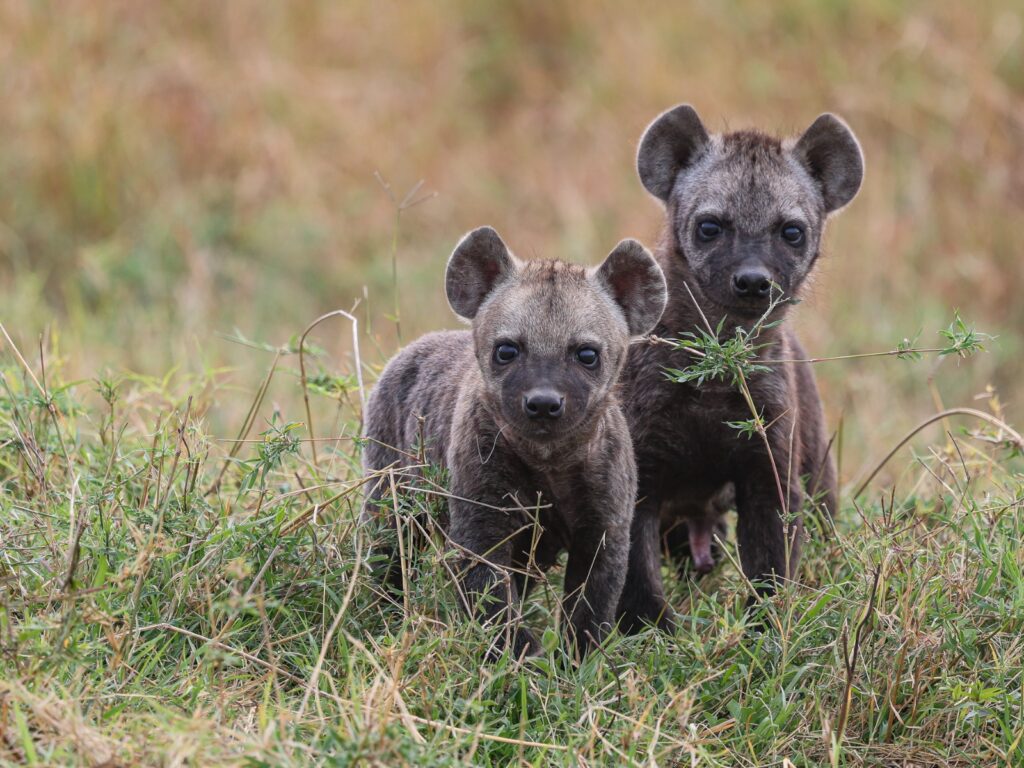
Wildlife & Landscape of Lake Nakuru National Park
Lake Nakuru National Park is home to a wide range of wildlife, with both land-based animals and birdlife flourishing around the lake.
Birdlife:
Lake Nakuru is internationally known for its flamingos, which feed on algae in the lake’s alkaline waters.
In addition to flamingos, pelicans, cormorants, and herons are common. Over 450 bird species have been recorded in the park.
Mammals:
Rhinos: The park hosts both black and white rhinos in a protected sanctuary.
Rothschild’s Giraffes: These rare giraffes are easily identified by their white socks and lack of markings on the lower legs.
Lions and Leopards: Lions are frequently spotted along the open plains, while leopards lurk in the forested areas.
Buffalo, Zebras, and Antelopes: Large herds of buffalo, zebras, and impalas graze on the savannahs, providing a classic safari scene.
Scenic Landscape:
The park’s landscape ranges from marshlands and acacia forests to the rugged Baboon Cliff and Makalia Falls. The cliffs provide panoramic views over the park and are popular for photography.
Points of Interest in Lake Nakuru National Park
Lake Nakuru:
The centerpiece of the park, known for its algae-rich waters that attract flamingos and other waterbirds.Baboon Cliff:
A scenic viewpoint offering panoramic views of the lake and surrounding park. It’s a great spot for photography and picnics.Makalia Falls:
A seasonal waterfall located in the southern part of the park. Visitors can enjoy a short hike to the falls and relax at the nearby picnic site.Rhino Sanctuary:
Lake Nakuru National Park is home to one of Kenya’s largest rhino sanctuaries, protecting both black and white rhinos.Lion Hill:
Another scenic viewpoint, offering stunning views of the lake and a chance to spot wildlife below.

Lake Nakuru National Park FAQs
Yes, though their numbers vary depending on water levels. Flamingos are usually present during the wet season when algae bloom.
The park is about 164 kilometers from Nairobi, a drive that takes 2-3 hours.
Visitors can see rhinos, lions, giraffes, buffalo, zebras, and a wide variety of birds.
Yes, the park is close enough to Nairobi for a day trip, with plenty of time for a game drive and sightseeing.
A guide is not mandatory, but hiring one can enhance your wildlife experience. Self-driving is also allowed.
Yes, there are several lodges and camps inside the park, including Sarova Lion Hill Game Lodge and The Cliff.
